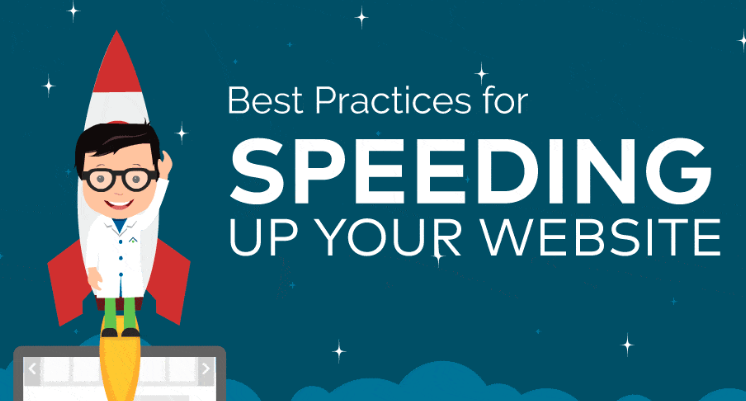
WordPress is one of the best choices to create websites and blogs. It is undoubtedly the best CMS platform for almost all webmasters, irrespective of their content type and website type. We have seen robust e-commerce sites run on WordPress without any delays and glitches. The WordPress newbies often face a significant loading time problem. The loading time should ideally be less than 3 seconds, but several sites take over 6 seconds to load.
Adding a few milliseconds to your page loading time can significantly damp your website traffic and conversion rate. People do not have the time for slow loading websites. They usually bounce right back to the Google search results and find a competitor page that loans faster. Losing hundreds of potential clients and customers due to a loading delay of a few milliseconds can be hurtful for your website revenue.
1. Reconsider your shared web hosting plan
While choosing a web host, you might feel tempted to opt for one that offers a lot of free stuff along with shared hosting option. We don’t blame you since shared hosting can be particularly lucrative when you look at the price tag.
Little do the newbie entrepreneurs, and webmasters realize that they will be paying a much bigger price. All users on a shared hosting platform share the available resources. Therefore, when one website experiences a high traffic flow, other websites automatically see an increase in page loading time.
If you are on a shared hosting plan that might be slowing your site down, it might be time for you to find a new web host. Hybrid cloud hosting can significantly reduce server response time WordPress.
2. Use a standard WordPress framework
While creating themes and templates for their WordPress sites, many developers get carried away and create their framework. In most cases, these frameworks have some repetitive elements. This usually increases the bulk and makes the site slower than regular.
Always refrain from adding a lot of functions to a theme, especially if you can achieve the same by using a collection of plug-ins.
3. You cannot miss caching plug-ins
A WordPress website without caching is like a turtle with the world on its back. You need to keep the cache clean by using reliable caching plug-ins. They can make a static copy of your website in a distinct folder to reduce calls to the server. This drastically reduces the number of HTTP requests and PHP requests. Installing at least one caching plug-in can help your website climb pace.
4. You need a CDN pronto
A content delivery network or CDN can offload static resources like CSS, JS, files, and images from your main server. The first thing you need to do is find a pocket-friendly but reliable CDN provider in the market. Next, make sure they provide free HTTP2 and SSL support. Security is a leading concern for all website visitors and online shoppers. Therefore, having a network with the latest security features can boost your website popularity.
5. Include an expires header
When your visitors enter your website, their browsers download all the files from your server. Adding an “expires header” helps in setting up an expiry time to all the static content. This means, when the visitor comes back to your website before the expiry period, their browser does not have to download the static data once again. This makes the webpage loading process significantly niftier.
6. Employ lazy load to your images
Lazy load reduces the number of HTTP requests to your server. It can also preserve a lot of your bandwidth. Technically, you display your images to those who scroll further down through the article. Only the genuinely interested readers get to see those images. There are quite a few plug-ins for all WordPress sites that provide a perfect lazy load effect. This effect helps to speed up the page loading as well.
7. Database optimization for website
Your website database is like the main vault of the bank. You need to keep it updated, clean and free of unwanted stuff. Several plug-ins can help you keep your website streamlined. If you have coding experience, you can even use phpMyAdmin to clean your database.
Always remember to backup your database before any cleanup attempt. Even the most highly rated database maintenance plug-ins may not be able to provide reversible editing options for your database.
No website can perform up to its mark without regular maintenance and monitoring. This includes updating blogs, optimizing keyword strategies, updating the page links and managing the plug-ins working on the WordPress site. Getting rid of all unwanted elements and investing in a better hosting plan can help your site load faster and garner more traffic.

